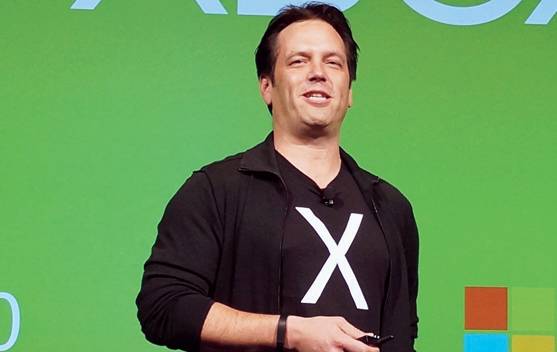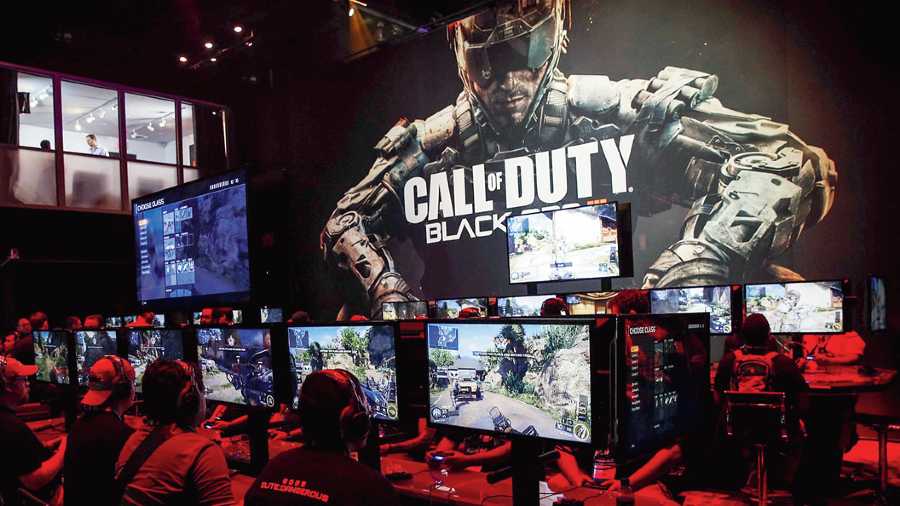Fact: Microsoft has acquired game developer Activision Blizzard for $68.7b, which is among the biggest splurges ever for a tech company.
Fact: Metaverse is on the mind of Microsoft.
Fact: Activision Blizzard doesn’t have much to do with metaverse solutions at the moment.
Probability: Chances of everything falling into place is high in the next few years.
The decision to buy one of the biggest game developers of the world — with titles like Call of Duty and Candy Crush on the roster — wasn’t taken overnight and it’s definitely not just about Microsoft trying to spend a part of the pile of cash lying around, like a stash of $130b. There are several ways to interpret the purchase of Activision Blizzard.
Getting into the metaverse seat
Shortly after making the big announcement, there was a 15-minute call with investors and media during which executives from Microsoft and Activision mentioned the term “metaverse” more than 10 times.
Yes, the purchase in a way allows a finger in the metaverse pie, made even more special by the fact that only in October Facebook announced a new focus and name — Meta Platforms Inc. If it seems that Microsoft purchased a company only to get a metaverse tag then we are losing focus. Activision Blizzard at best has a metaverse component that makes players spend long hours forming communities within the games, like in the role-playing title World of Craft in which gamers can collaborate to complete quests and collect weapons and armours but that really doesn’t make it a metaverse leader.
In fact, what is metaverse? A concept that’s decades old, it’s a place where virtual reality and a digital second life meet. It’s like interacting with friends in a virtual space through avatars while buying clothes and accessories to keep the digital avatar refreshed. Virtual reality, which involves wearing a headset, immerses the user in a 3D environment and through the usage of motion-sensing controllers they can interact with virtual objects or communicate using a microphone.
The metaverse exists and has existed for sometime. For example, on the online shooter game Fortnite, a player spends hours at a stretch fighting and interacting with avatars of other users and through the usage of virtual currency, goodies are unlocked. Long ago, there was Second Life, an online social platform, which tried to do something similar but the technology was before its time.


For us as a platform company, what we’ve been doing with Xbox and Windows for years is ask how do players seamlessly move between these different worlds
Phil Spencer, CEO of Microsoft Gaming


You can think about it (the metaverse) as the successor to the mobile Internet
Mark Zuckerberg, Meta CEO
The immediate picture
The reason Netflix wins over other streaming services is original content that appears in heaps month after month. After the massive deal, Microsoft will be the third-largest gaming company by revenue, behind Tencent and Sony. The company’s gaming slate is shaping up well, first through its $7.5b acquisition of ZeniMax, the parent company of the popular game developer Bethesda, last year. And now Activision Blizzard.
Working in favour of Microsoft is the software giant’s years of work as the developer of the Xbox, the second most popular game console after Sony PlayStation. But the company should have focussed more on the virtual reality gaming space. Its work in the metaverse space at the moment can only be termed nascent. The software giant has developed the HoloLens, an expensive headset that allows digital holograms and the device is related to augmented reality.
Gaming is big business. Two-thirds of US adults and three-fourths of children under 18 play video games weekly, according to the trade group Entertainment Software Association. Nearly 400 million people play Activision Blizzard games each month.
Forget the figures. Youngsters — in large numbers — are hanging out in the digital worlds of Fortnite, Roblox and World of Warcraft, with the three having distinct identities. Shoot bad guys in the Fortnite world and also hang out with users during, say, live concerts. Roblox allows you to build experiences, which you can share with friends. Warcraft is about making friends, chatting, working together and so on.
These are users who would like to hang out on Discord rather than Instagram or Facebook. Plus, Cloud-based gaming is maturing at a fast pace to the point that there may come a time when the App Store or Play Store will have less control over the gaming scene.


Big Tech giving away VR headsets and building a metaverse on their ad-driven, behaviour modification platforms isn’t going to create a magical, single digital utopia for everyone
Philip Rosedale, Second Life founder
What does it all mean?
If gaming appears to be the immediate outcome of the Activision deal, metaverse is a long-term goal. “Gaming is the most dynamic and exciting category in entertainment across all platforms today and will play a key role in the development of metaverse platforms,” Microsoft CEO Satya Nadella has said. Add to this the fact that Second Life’s founder Philip Rosedale is returning to advise the original metaverse company. The future is certainly full of possibilities.











